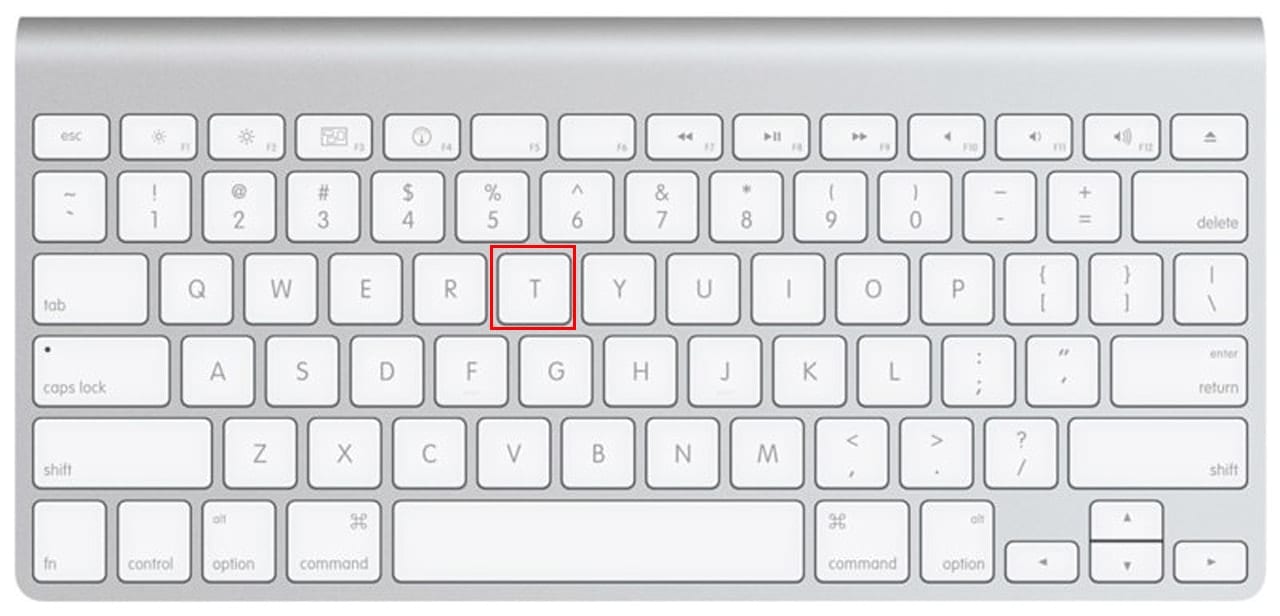

- #Start in target disk mode mac os#
- #Start in target disk mode pro#
- #Start in target disk mode software#
- #Start in target disk mode Pc#
#Start in target disk mode pro#
Once the target drive is properly created, is it just a matter of starting the destination MacBook Pro in Target Disk mode, and using Volume to Volume cloning? What are the rights steps to properly create a Target SSD drive, using APFS scheme, to aid in successfully cloning over my Bootcamp to meet my above situation/plan?

#Start in target disk mode mac os#
It is generally pretty easy to create Mac OS volumes, and copy over bootable Mac, just by mounting the target computer using Target Disk mode, creating the desired scheme on the target disk and using CCC, or others, to copy over the Mac OS volumes, however Windows is unclear. Start up in Recovery Mode, and open Terminal from the Utilities menu. Single-User Mode / Terminal in Recovery Mode, to run command tools in minimal macOS Not available (see comment below for an elaborate method for engaging a much less convenient alternative). I will have one physical drive in the target MacBook Pro computers (SSD, 1 or 2TB). On the Target, enter Recovery Mode and use the Share Disk command in the Utilities Menu.
#Start in target disk mode software#
I wish to have 2 or 3 different bootable Mac OS partitions to support proven and test configurations of various versions of Mac OS I need for Music software and testing of migration paths, and those Mac OS volumes grow/shrink in size depending on the task at hand. I would also like to migrate to APFS because of the flexibility of the MS OS volumes under APFS. However there are a couple Windows programs that I need, which do not operate properly under Parallels, so I also boot in BootCamp directly when I run those programs. I generally run my Bootcamp partition with Parallels, running under Mojave. I have Winclone v7.3.4 and wish to create a backup clones of my MacBook pro (Mid-2012) onto other virtually identical computers, to ensure I am ready to run in the case of a hardware or software problem on my main machine and to facilitate certain testing and special projects. Image of G3 iMac from Wikipedia’s page on Target Disk Mode.I am new to this support forum, so I apologize in advance if this has been asked and answered, but I did not see a clear path for this with the searching I did. So, great - we can do something with our Macs that I wish we could have had long ago. a USB 3 C-to-C cable if connecting to a Mac with USB-C ports (MacBook 12″, 2016 MacBook Pro)īut if you’ve got a 2016 MacBook Pro and are connecting to a Mac that has a Thunderbolt port (i.e any Mac from 2011 or later, except for the MacBook 12″), it’s easier and potentially faster to use Thunderbolt, using the Thunderbolt 3 to Thunderbolt 2 adapter and a Thunderbolt 2 cable, or, if you’re connecting two 2016 MacBook Pros, a ThunderBolt 3 cable (which can also operate as a USB 3 C-to-C cable).a USB 3 C-to-A cable if connecting to a Mac with USB-A ports (most Macs).So, to use Target Disk Mode over USB, you can use: Nor can Target Disk Mode be used with Apple’s USB-C charge cable, which is a USB 2 cable when used for data.

Both are easy to bypass: If the Mac is encrypted with FileVault, press and hold the T key. Select From another Mac, PC, Time Machine backup, or other disk and then click Continue. When the app loads, it will ask you how you want to transfer data. Target Disk Mode and Migration Assistant. Two things can make it difficult to put a Mac in target disk mode: FileVault and a firmware password. Once your user loads, open up the Migration Assistant application, which is found in Applications > Utilities. Step 3 : Click Repair All to fix all issues.
#Start in target disk mode Pc#
Target Disk Mode over USB only works when connected via USB 3, so it can only be used with 2012 and later Macs (despite Apple’s support article erroneously suggesting older models, by stating “any Mac”). Step 2 : Click Start Scan to find Windows registry issues that could be causing PC problems. The 2016 MacBook Pro also offers Target Disk Mode over USB, in addition to Thunderbolt and FireWire (though the latter requires two adapters). The MacBook 12″ does not offer Thunderbolt (and, by extension, FireWire), but Target Disk Mode is available over USB. This has meant that models which only offer USB connections, such as the 2008-2009 MacBook Air and MacBook, don’t offer Target Disk Mode. Target Disk Mode has only been available for Macs with Thunderbolt or FireWire (and, for you old-timers, PowerBook SCSI). To activate Target Disk Mode, you hold down the T key immediately after you turn on your Mac, before the Apple logo appears in the center of the screen. This makes it easy to migrate data from one computer to another, perform disk repairs, or retrieve data from a Mac with a damaged operating system. Target Disk Mode has long been one of the Mac’s unique capabilities - it allows you to bypass the operating system entirely and access the internal drive directly, as though it were an external drive.


 0 kommentar(er)
0 kommentar(er)
